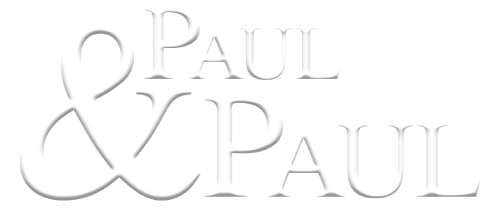The patent law has been specially formulated to help the designers and inventors in this regard. It is a law that grants exclusive rights to usage, publication, and commercialization of the said design, process or machine thereby making it impossible for the others to utilize by scamming you out of it.
The invention of equipment or a piece of machinery is indeed a matter of pride for the inventor. However, the joy would fade if it was realized that all efforts were going down the drain because people are using the invention without giving any credit to its creator.
The patent law has been specially formulated to help the designers and inventors in this regard. It is a law that grants exclusive rights to usage, publication, and commercialization of the said design, process or the machine, thereby making it impossible for the others to utilize and scam the inventor out of what is deserved.
The US patent law is clear in this regard, and an inventor can file for a patent only if the contraption meets the standards. The rights are not for a lifetime, however, and such exclusivity can only be enjoyed for a limited period. It is not unusual, though, to learn of violations and infringements being challenged in a court of law.
A Philadelphia patent lawyer is the best authority to assist you, an inventor, by reinforcing your rights and penalizing the offender once the instance of infringement comes to light. The law has not remained static through the ages. It might help if you go through the patent law history, specifically that of the United States of America.
It is often surprising to learn that this process of granting rights by the Government goes back really early. The very first instance of protecting intellectual property can be traced back to 500 BC when the Greek island of Sybaris recognized the efforts of its famed chefs for the creation of a new dish that was different from the popular cuisine of the island at that time.
The law was altered on many occasions with various nations interpreting it to suit their purposes. However, it was Italy that recognized its inventors in 1474 and allowed them exclusivity for a limited time. The system of punishing infringement was introduced during the same time, too. Queen Elizabeth I is believed to have granted more than 50 patents to her followers permitting them to monopolize certain manufacturing processes and establish trading rights.
However, the credit for the very first patent in England goes to King Henry V, who awarded glassmaker John of Utynam the exclusive rights to manufacture stained glass for 20 years.
The power of the Crown was drastically cut short in 1642 when patents and monopolies could not be granted at whim. Only new and hitherto unknown inventions started to make the cut thereafter paving the way for a new standardized patent system.
The patent law of the United States is influenced by this modern form of the ‘British Patent system’ that remains in fashion to date. The basis for granting the rights for a patent was actually included in the Constitution as early as 1787. Citizens had to wait for almost three years for the U.S. Patent Act to become a valid law, which it finally did on April 10, 1790.
The Act was further revised in 1952 to include two vital points.
1. The invention had not only to be novel,but infringement had to be defined, as well.
2. The 18th-century word “art” was replaced by “process.”
This has streamlined the legislation, further disallowing the imitators to use a standard machine or design for a length of time. The Patent Law has been amended several times since then based on the need of the hour. This has proved to be effective for inventors who had turned their focus on microbiology and genetic engineering.
Patenting of ideas, biological products, and natural laws had not been permitted until 1980 when General Electric won rights to file for the patent of the ‘oil-eating’ bacteria. The U.S. patent law made it clear that a process or a combination that is not found in nature could be filed for and granted a patent. Gene sequencing came under the purview of the patent law in 1990 when the Court of Appeals, on behalf of the Federal Circuit, ruled in favor of Amgen Inc., thereby giving a huge boost to the biotech industry, including its patent lawyer.
The U.S. Patent and Trademark Office has seen millions of patents filed every year by its citizens and remained the busiest and largest patent office across the globe until 2012. It all changed when the Intellectual Property Office of China overtook the U.S.A. to file 526,412 patent applications within a single year.
If you have invented something that you want to patent and would like some guidance, give us a call the law offices of Paul & Paul at (215) 568-4900 for a free consultation.
